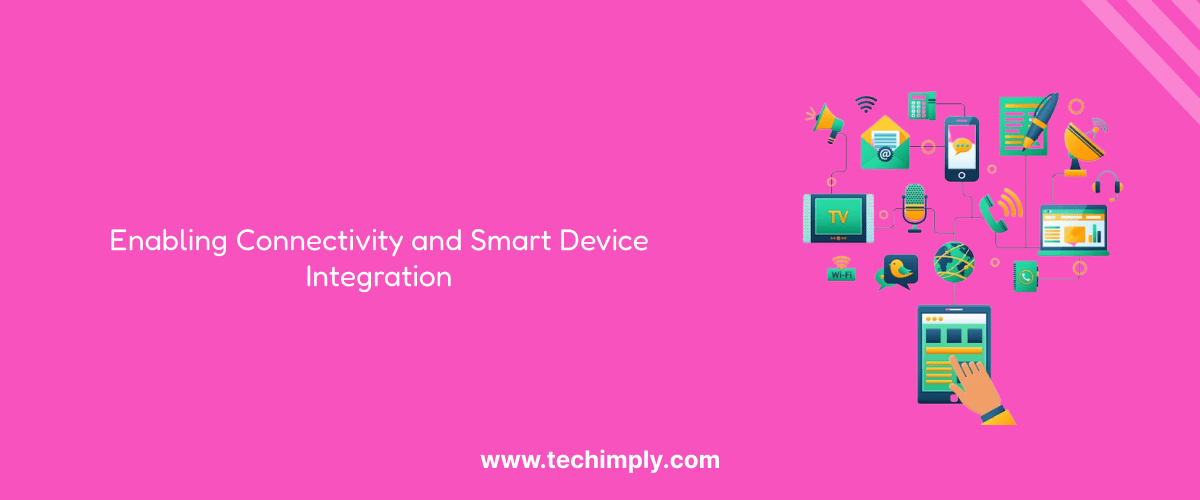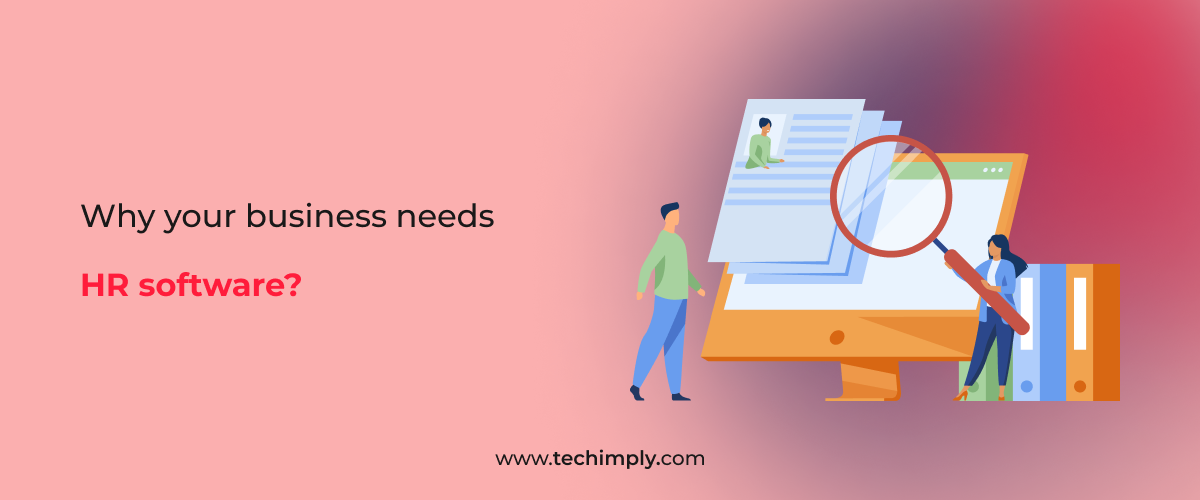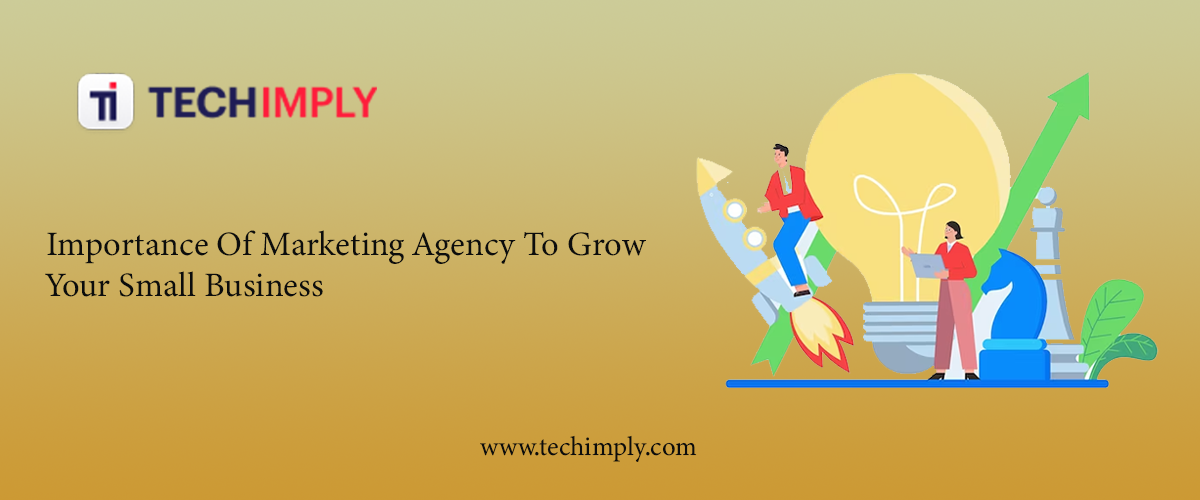Internet of Things (IoT) and Software: Enabling Connectivity and Smart Device Integration
In today's digital age, the Internet of Things (IoT) has emerged as a transformative technology that is revolutionizing how we interact with the world around us. IoT refers to the network of interconnected devices and objects that can collect and exchange data over the internet without the need for human intervention. This connectivity is made possible through various software solutions that enable seamless communication and integration among these smart devices. In this article, we will explore the profound impact of IoT and software on businesses' goals and the potential it holds for training and IOT development.
Understanding the Internet of Things (IoT)
- The Internet of Things encompasses a vast array of devices, ranging from smartphones, smart home appliances, wearables, industrial sensors, to connected vehicles and more. These devices are embedded with sensors, actuators, and software that enable them to gather and transmit data, as well as receive and respond to commands.
- IoT devices are designed to work together to streamline operations, enhance user experiences, and optimize processes through data-driven insights. The data collected by IoT devices can be analyzed using advanced analytics tools to extract valuable information, enabling businesses to make informed decisions and drive innovation.
Enabling Connectivity through Software
- Software plays a pivotal role in enabling the connectivity of IoT devices. It provides the necessary framework for communication, data management, and security. Some of the essential software components that facilitate IoT connectivity include:
- Communication Protocols: IoT devices use various communication protocols, such as Wi-Fi, Bluetooth, Zigbee, and LoRaWAN, to transmit data to the cloud or other connected devices. Software ensures compatibility and seamless data exchange between different devices using diverse protocols.
- Middleware: Middleware acts as a bridge between the devices and the cloud platform. It helps manage communication between devices and handles data preprocessing before sending it to the cloud for further analysis.
- Cloud Platforms: Cloud-based IoT platforms serve as central repositories for the data generated by IoT devices. These platforms store, manage, and process vast amounts of data, allowing businesses to access real-time insights and perform analytics.
- Security Software: IoT security is of utmost importance to protect sensitive data and prevent unauthorized access to devices. Security software implements robust encryption and authentication measures to ensure the integrity of data and safeguard the IoT ecosystem from potential cyber threats.
Enhancing Business Goals with IoT and Software
- IoT and software have the potential to unlock numerous opportunities for businesses across various industries. Here's how IoT-driven solutions can contribute to achieving key business goals:
- Operational Efficiency: IoT devices and software enable real-time monitoring and automation of processes, streamlining operations, and minimizing downtime. By collecting and analyzing data from various connected devices, businesses can optimize resource allocation, reduce waste, and improve overall efficiency.
- Customer Experience: IoT-powered smart devices can enhance the customer experience significantly. For example, in the retail industry, IoT-enabled beacons can provide personalized offers and recommendations to customers based on their preferences and shopping history. Similarly, in the hospitality sector, smart home devices can create a customized guest experience, adjusting lighting, temperature, and entertainment based on guest preferences.
- Predictive Maintenance: IoT sensors can monitor the condition of machinery and equipment in real-time. By analyzing this data, businesses can predict potential failures before they occur, enabling proactive maintenance to reduce costly downtime and repair expenses.
- Supply Chain Optimization: IoT devices and software can provide real-time visibility into the supply chain, tracking the location and condition of goods throughout the entire journey. This information helps businesses optimize logistics, reduce shipping delays, and improve inventory management.
- Data-Driven Decision Making: The wealth of data collected through IoT devices empowers businesses to make data-driven decisions. With advanced analytics and AI-driven insights, companies can identify trends, patterns, and opportunities, enabling them to stay ahead of the competition.
IoT and Training & Development
Beyond enhancing business operations, IoT and software have also found their way into the realm of training and development. This integration of technology in the learning process has led to the emergence of innovative and more effective training methods:
Remote Training:
- IoT devices and software enable remote training sessions, breaking the barriers of physical location. Through live-streamed or recorded sessions, employees can access training materials and participate in interactive workshops from anywhere, enhancing accessibility and flexibility.
Real-Time Feedback:
- IoT-enabled wearables and sensors can provide real-time feedback to learners during training exercises. For instance, in physical fitness training, smart wearables can track heart rate, calorie burn, and form, offering immediate feedback to help learners adjust their performance.
Personalized Learning:
- IoT devices can collect data on learners' progress and preferences, allowing training programs to be tailored to individual needs. Personalized learning experiences increase engagement and knowledge retention among learners.
Augmented Reality (AR) and Virtual Reality (VR):
- IoT devices in combination with AR and VR technology can create immersive training simulations. This provides a safe and controlled environment for learners to practice complex tasks and procedures, especially in high-risk industries.
Performance Analytics:
- IoT devices can monitor learners' progress and performance, generating detailed analytics on their learning journey. This data can be used to assess the effectiveness of training programs and identify areas for improvement.
Conclusion
The Internet of Things, in tandem with software solutions, is transforming the way businesses operate and how individuals learn and develop new skills. As IoT continues to evolve, its impact on and training and development will only grow stronger. Organizations that embrace IoT-driven solutions will gain a competitive advantage, achieve greater operational efficiency, and unlock new avenues for growth and innovation. Simultaneously, learners will benefit from personalized and immersive training experiences that facilitate skill development and enhance knowledge retention. By leveraging the potential of IoT and software, businesses and individuals alike can shape a more connected, intelligent, and transformative future.




.jpg)

